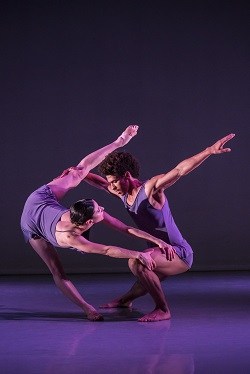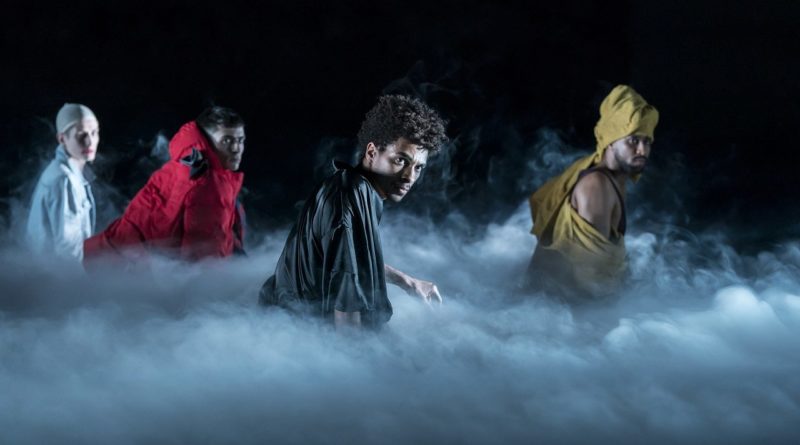Rambert: The Dance of Life
Triple Bill is a dance performance that everyone can fall in love with. The audience around me was filled with a mix of those who, judging by their exception posture evidently had a dance background, seasoned contemporary dance enthusiasts, and complete newbies to the dance world. Whatever your background, there’s something absolutely universal about seeing the beauty and brutality of our shared humanity broadcast on the stage.
I first went to watch acclaimed contemporary dance company Rambert perform six years ago. Having grown up on a diet of classical music and ballet lessons, I was blown away by what I saw. It was dance as I’d never thought of it before – restless, dramatic, and gritty. Forget the polish and poeticism of Swan Lake. Rambert ventures into areas of social commentary and grotesque political satire that I had previously assumed to be the realm of hard-hitting theatrical plays. The piece I saw all those years ago had combined movement, music, and story-telling to produce a beautiful analysis of how we preserve our humanity in the most extreme circumstances. This time, I was hoping for more of the same. Luckily, that’s exactly what I got.

The Rambert Triple Bill combines three very different performances into one evening of exquisite mastery. The performance opens with a lone dancer on a dimly lit stage, and we are treated to a beautiful revival of Wayne McGregor’s PreSentient – a quietly haunting piece, in which the intensity of Steve Reich’s breathtaking music swells builds until the stage swirls with movement.The sense of unease is complemented by Lucy Carter’s stark lighting, and the wonderfully complex and interlocking staging. The grace of the dancers, and the near-acrobatic feats achieved by the group choreography all build into a relentless sense of irresolution. A premonition of something – but the curtain falls just as we think we are about to find out what.
When it opens again, we are faced with a radically different set-up. The stage is filled with smoke. There appear to be no dancers at all on it. Then, suddenly, as if yanked by invisible strings, they appear in front of us.
Extravagantly clothed by Yann Seabra and vibrantly lit by Judith Leray, Rouge is a new offering brought to us by French choreographer Marion Motin. Best known for her work on Dua Lipa’s music video for IDGAF, her hip-hop influences are clear to see in this throbbing piece.
–
On a stage which looks and feels like a nightclub in hell, the dancers writhe in the glow of pulsing neon lights. Incorporating clear elements of the club dance style with remarkably skilled performances, it’s a terrifying comment on the artificiality of our culture – and our attempts to forge connections with each other despite that.
By the time we come back after a brief interval, the last traces of smoke have cleared, and the space is dark and empty. The only thing we can see is the orchestra, illuminated above the stage by an eerie glow. And then we hear the stumbling voice of Hofesh Schechter, whose disembodied presence forms a constant narrative background to his piece In your rooms. He describes the world as we know it, the chaos, the uncertainty, and our desperate attempts to impose order on the unknown. The dancers, meanwhile, mirror his words perfectly with their bodies. From rigid and synchronised formations, to scattered and violent sequences, we feel as though we are witnessing a multitude of individual stories – each one unique and yet with a common thread of humanity running through them all. Through it all, the orchestra continues to hang in a circle of light above the action, playing an achingly beautiful original score. It’s surreal, desperate, and bittersweet. Everything, in short, that life is.







